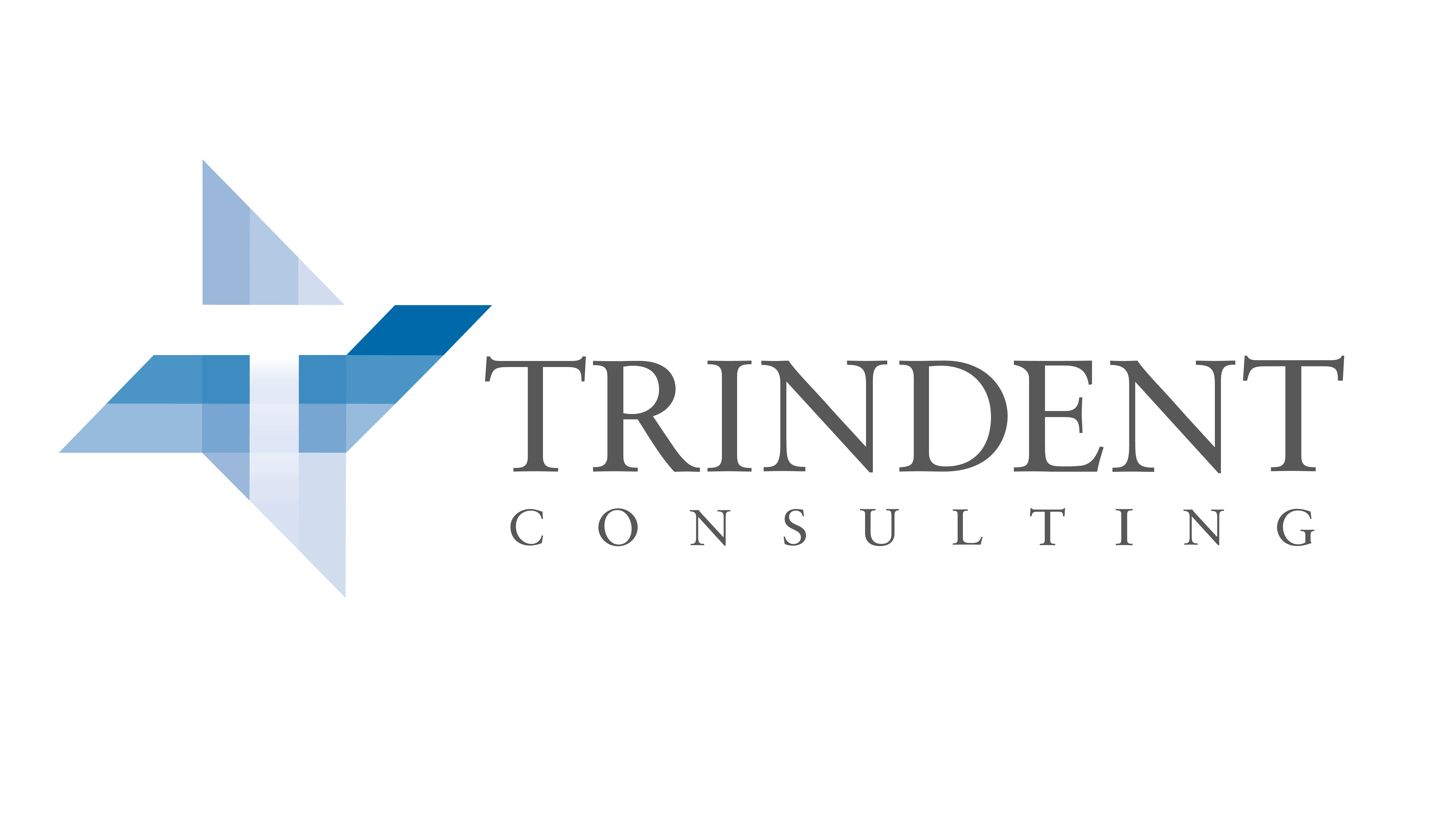Designing Sustainability
As an implementation based consultancy we ensure that the changes we advised are not only achieved during our engagement, but also sustainable after our departure. Therefore sustainability takes the front row seat throughout the engagement. Sustainability needs to be designed – what do we mean by that? It needs a clear understanding of the people involved and the behaviors that need to be changed, but even more importantly it needs to marry the process and systems that have been put in place.
A typical approach is to identify a sustainability coordinator, that’s usually a good start, but it’s not sufficient. Some may identify the roles and responsibilities, and that is certainly a pre-requisite to a successful sustainability plan, but we need more than that. We need to design for sustainability. This requires a full understanding of what systems have been developed, what data needs to feed into those systems, where the data is coming from, and who is analyzing the data. Next we need to ensure that the new processes capture a way for the tools to be fully utilized, one method is to have meetings in place to review the results. A well designed plan will ensure that the sustainability coordinator reviews the weekly results of the dashboards before the meeting, questions the levers impacting the results during the meeting, and follows up with those accountable after the meeting.
Sustainability ensures that the results are continuously achieved and in order for it to be effective it needs to be started early and designed for success.
By: Poria Kanozi
Managing Change
Many organizations fail to plan or include several critical components when implementing changes to their operations. As a result, even the simplest of changes often encounter resistance, significant delays, and fail when being executed. A Management Consultant’s ability to strategize and create buy-in from key stakeholders often determines the likelihood of successful change management.
Improving Health Care Reimbursement
A diverse array of payer guidelines has created new challenges to streamlining processes.
U.S. Health Insurance Impacts on Commercial Providers
There currently is no standard health insurance provided in the United States, nor mandates that require individuals to purchase health insurance (individually or through an employer). Although low-income earners are automatically qualified for Medicaid through the government, most uncovered individuals are not eligible for this option and do not choose to obtain coverage privately due to the high associated costs. The U.S. has struggled for many years to arrive at approaches to a health care reform that would provide access to a cost effective healthcare system and basic medical necessities with little progress. This has created opportunities for the private sector to create tailored coverage plans to fill this gap and take advantage of consumer demand. Insurers are coming up with many different variations in structure, coverage, and pricing of such plans which have continuously grown over time such that the numbers of possibilities are seemingly infinite.
Offshoring – Borderless Human Capital
The Rise of Borderless Human Capital
Globalization, technological advancements, and competitive pressures have fuelled the trend to outsource non-core functions of a company to alternative locations at a more economical cost to reduce labour expenditures. The availability of many offshore suppliers that specialize in common functions that can provide higher productivity than in-house staff has made this model very appealing to businesses. Moreover, this leaves a modular organizational structure that allows the business to focus on core competencies and skills to become further specialized at the processes that truly add value to operations and more importantly corporate goals.
A Leading E&P Company
One of the world’s leading land-based drilling companies experienced much higher maintenance costs in the USA than elsewhere in its global organization. The client wished to improve mean time between failure (MTBF) performance and drive real efficiencies in its maintenance and procurement functions.
Customer Contact Centers in the Communication Age
We are currently in the communication age. We want to do what we want, when we want it and generally expect to get instant feedback. Customers expect a high level of service at a low cost.
Contact centers are investing in IT integration platforms, avatars, self-service platforms, mobile websites, mobile apps, not to mention productivity technologies, auto call back, voice analytics, call analytics, voice recognition and the list goes on, and on and on. They are all supposed to increase customer service and lower costs. Unfortunately there are not very many technology based success stories out there.
Often technology installations take 1-2 years to be fully integrated, and have a 5-10 year pay off, frustrating staff and customers along the way. The negative impact of these projects on contact center staff is often underestimated, whilst their ability to delight customers is grossly overestimated.
Investing in technology does not prevent age old process pitfalls, e.g. how you segregate staff can have a significant impact on productivity, e.g. staff are segregated by communication methods, resulting in rework where a customer first emails, then impatiently follows up with a phone call.
The complexity of contact centers is growing by the day, and with the focus quickly shifting between Twitter, Facebook, and Skype we can easily get caught up in the sassiness of the technology forgetting about our most important platform of all, OUR PEOPLE.
Process optimization streamlines processes, systems, and behaviors and is proven to improve customer service and reduce costs in a sustainable way.
Successful process optimization programs consistently provide 3 to 4 times the return of IT projects and a payback within 12 months (without investment in technology). Your staff are empowered and in turn will delight your customers.
Although technology upgrades are a necessary evil in today’s high tech world, next time you are looking at a technology solution step back and ask yourself are we getting the most out of what we have today? If the answer is no, you can bet you won’t get the most out of the new technology either.
Time to invest in your people?
By: Brad Horan
Should Your Customer Experience Feel Like The Dentist Chair?
If you work for an insurance company we will make the assumption that you do not own an insurance policy. If not, we suggest you try buying one and then return to this article.
If you are anything like us, dealing with an insurance company; whether it’s for your car, house or even your health, is one of those things that can be just as painful as going to the dentist. Many forms are required, an e-mail signature is not valid, you need to fight traffic and take time over your lunch hour to face a long line of other customers only to realize that the insurance company has a new procedure requesting a form you did not bring with you. Basically, it’s worse than sitting in the dentist's chair.
At Trindent, we dedicate ourselves to create a quick and streamlined customer experience by re-engineering all the processes that a customer would face on things like receiving payment for a claim, buying a new policy or making some changes to an existing policy. Although our work will provide significant cost savings, we pride ourselves in helping customers view our industry and what it is we do more positively, through a quick and friendly experience.
Who would want to sit in the dentist's chair for a whole day anyway? We don't.
By: Stephan Rajotte
Inventory: Safety Stock and Reorder Levels
Supply chain optimization can be achieved on many levels: strategic (1-5 years), tactical (6-12 months) and operational (several weeks to 6 months). One of the operational areas that always provides an opportunity to improve the bottom line of any supply chain is, inventory
Four Pillars for Building an Effective Team
Jack Welch once commented “My job is not to go to Louisville to pick out loose handles or compressors for refrigerators. My job is people, resources, and ideas.” Human resource is a critical part in an organization and no company can move forward without managing its human capital effectively. It’s not enough for managers to effectively manage individuals, they also need to know how to effectively manage a team. Managers often use the term “team work” however, very few actually know how to build an effective team.
Disruptions, Risks and Resilience Within Supply Chain
From day-to-day function to strategic competitive advantage 1. Introduction & the Early Days The term “supply chain management” was first introduced in 1982 by Keith Oliver, then a consultant at Booz Allen Hamilton. However, the concept of supply chain, as well as its major components, like procurement, logistics and warehousing, was known in management long before. Essentially, the first supply chains originated along with the first assembly lines in the early 20thcentury

